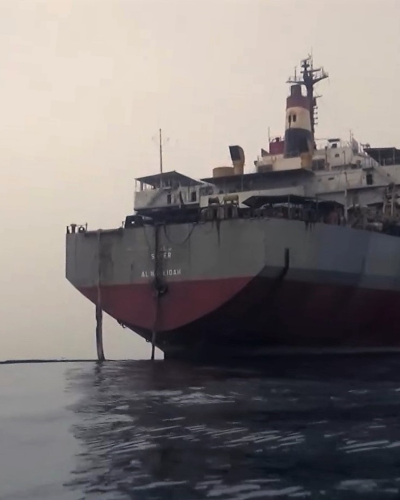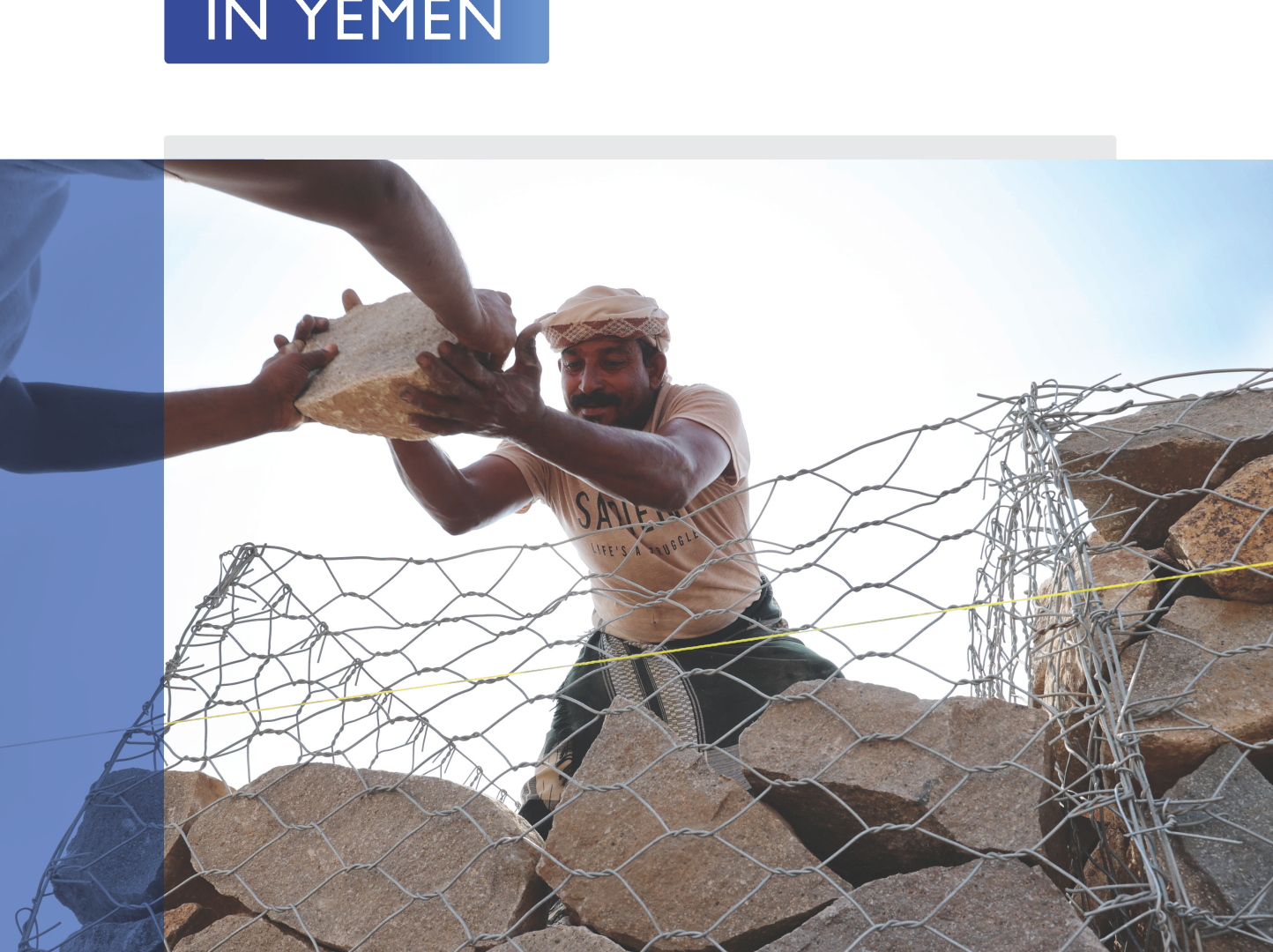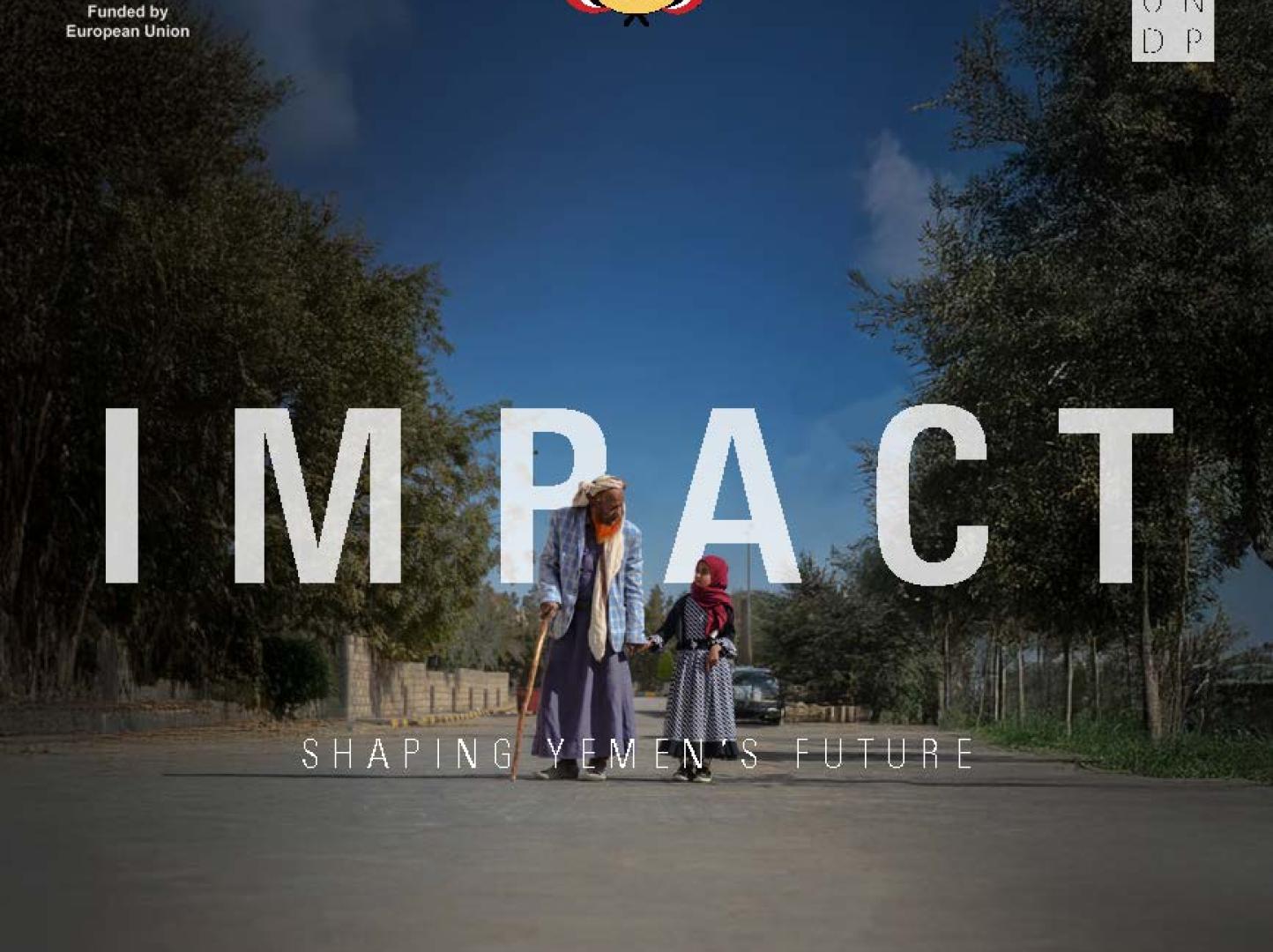RC HC Yemen noon briefing remarks on FSO Safer

UN Resident and Humanitarian Coordinator for Yemen David Gressly
Remarks on the UN-coordinated plan to address the threat posed by the FSO Safer
Secretary-General’s Spokesperson’s noon briefing, New York, 8 April 2022 – near verbatim
Good afternoon everyone,
I wanted to speak primarily about the FSO Safer tanker, which I know has been in the news frequently over past years, and give you an update on where I think we are on trying to solve that particular problem.
We know that there are a lot of competing stories right now. Many of them with bad news.
My team has been working very hard with others over the past six months to defuse what has aptly been called a time bomb sitting off Yemen’s Red Sea coast.
I am optimistic that the Safer will end up as a positive news story.
We have a new United Nations-coordinated plan to address the imminent threat of a major oil spill from the Safer.
If it were to happen, the spill would unleash a massive ecological and humanitarian catastrophe centered on a country already decimated by more than seven years of war.
The environmental damage could affect states across the Red Sea. The economic impact of disrupted shipping would be felt across the region.
The plan, which I will outline for you, has the support of the parties to the conflict and other key stakeholders.
Senior UN management and the members of the Security Council are also supportive.
But we are not there yet.
Without funding over the next six weeks or so, the project will not begin on time. And this time bomb will continue to tick.
My particular concern is we need to finish this operation by the end of September to avoid the turbulent winds and currents that start in the latter part of the year – in October, November December – increasing the risk of a breakup and, also, increasing the risk in conducting any operation.
So the timing is tight.
In March, a UN-led mission to the Ras Issa peninsula, near to where the Safer is anchored, confirmed that the 45-year-old supertanker is rapidly decaying.
It is at imminent risk of spilling a massive amount of oil due to leakages or an explosion.
Just as an example, the inert air that is normally used to inhibit explosions has long disappeared. The systems that had produced that inert air is no longer functioning. So an explosion is much more likely.
In 1988, the Safer was converted into a floating storage and offloading facility – an FSO – and brought to where it is today.
It holds a million barrels of oil – 1.1 million to be exact. Four times the amount the Exxon Valdez spilled.
Production, offloading and maintenance operations on the Safer halted in 2015 because of the war.
The vessel is now beyond repair.
A significant spill would devastate fishing communities on Yemen’s Red Sea coast. Half a million people working in the industry there have 1.7 million dependents.
Two hundred thousand livelihoods could be instantly wiped out by a spill. Whole families would be exposed to life-threatening toxins.
A major oil spill would likely close, at least temporarily, the ports of Hodeidah and Saleef. These are essential to bring in food, fuel and life-saving supplies. Seventeen million people are food insecure in Yemen, already as we speak.
The environmental impact on water, reefs and life-supporting mangroves would be severe. Saudi Arabia, Eritrea, Djibouti and Somalia are also at risk.
Cleanup costs are estimated at US$20 billion.
That does not count the cost of environmental damage across the Red Sea. Or the billions that could be lost due to disruptions to shipping through the Bab al-Mandab Strait, which is also a passageway to the Suez Canal. Think of the Ever Given.
The good news is the United Nations has a viable plan to address the threat. The plan is supported by the Government of Yemen in Aden. As you know, I signed a memorandum of understanding with the Sana’a-based de facto authorities, which control the area where the vessel is located.
The MoU established a framework for cooperation in which the Sana’a-based authorities have committed to facilitating the success of the project.
The plan includes two tracks:
• Installation of a long-term replacement vessel for the FSO Safer within a target period of 18 months, once we mobilize the resources.
• A four-month emergency operation to eliminate the immediate threat by transferring the oil to a safe temporary vessel.
The Safer and the temporary vessel would remain in place until the oil is transferred to the permanent replacement vessel, at which point the existing Safer would be towed to a yard and sold for salvage.
The cost
The two tracks of the operational plan will proceed simultaneously. Raising funds for both is critical to deliver a sustained solution to the threat.
The technical work to establish the costs associated with an appropriate replacement vessel are well under way. We should have that cost soon.
We have also established the cost for the emergency operation at approximately US$80 million. This includes: the salvage operation, the lease of a very-large crude carrier to hold the oil and crew and maintenance for 18 months – the period of time required to get a replacement in place. We have also provided hand-outs that give you more details.
Next week, I’ll lead a mission to donor capitals in the Gulf region to discuss the plan and seek their support.
The Kingdom of the Netherlands, which is a critical stakeholder in support of the UN’s efforts, will host a pledging event in coming weeks – in the month of May.
The plan’s success hinges on donor commitments of funds now to begin work by the beginning of June.
Waiting beyond then would mean delaying the start of the project by several months, leaving this time bomb to continue to tick.
That is why I am reminding the world of the imminent threat posed by the FSO Safer, highlighting the viable UN-coordinated plan to address it, and stressing that we will not succeed without urgent funding.
Just a couple of comments on other issues related to Yemen.
Obviously, the recent announcement of the truce is very welcome not only for improving the humanitarian situation on the ground but it also creates a conducive environment for the operation I have just discussed.
So I am happy things are moving in that direction and we will continue to support the efforts of the UN Special Envoy in moving forward with the peace process there.
In many ways the humanitarian operation will not end until the war ends. It is extremely important that this process succeed.
Finally, I will be happy to take any questions that you may have on the humanitarian situation. We are looking to raise over $4 billion this year to meet the needs of the people of Yemen. The welfare of the people declines every year and the needs increase every year. The funding, however, is hard to maintain. We have received $1.3 million out of the $4 billion that we are seeking.
Just a couple of days ago, the Kingdom of Saudi Arabia announced an additional $300 million to that $1.3 billion.
So we are still at $1.6 billion which is a start, but it is not the full requirements that we need to meet the needs of the people of Yemen.
Peace is necessary, but we also need to keep people alive in a dignified way as that peace process moves forward.
So I think I will conclude with that, but I am happy to take questions on the humanitarian situation.
Ends






